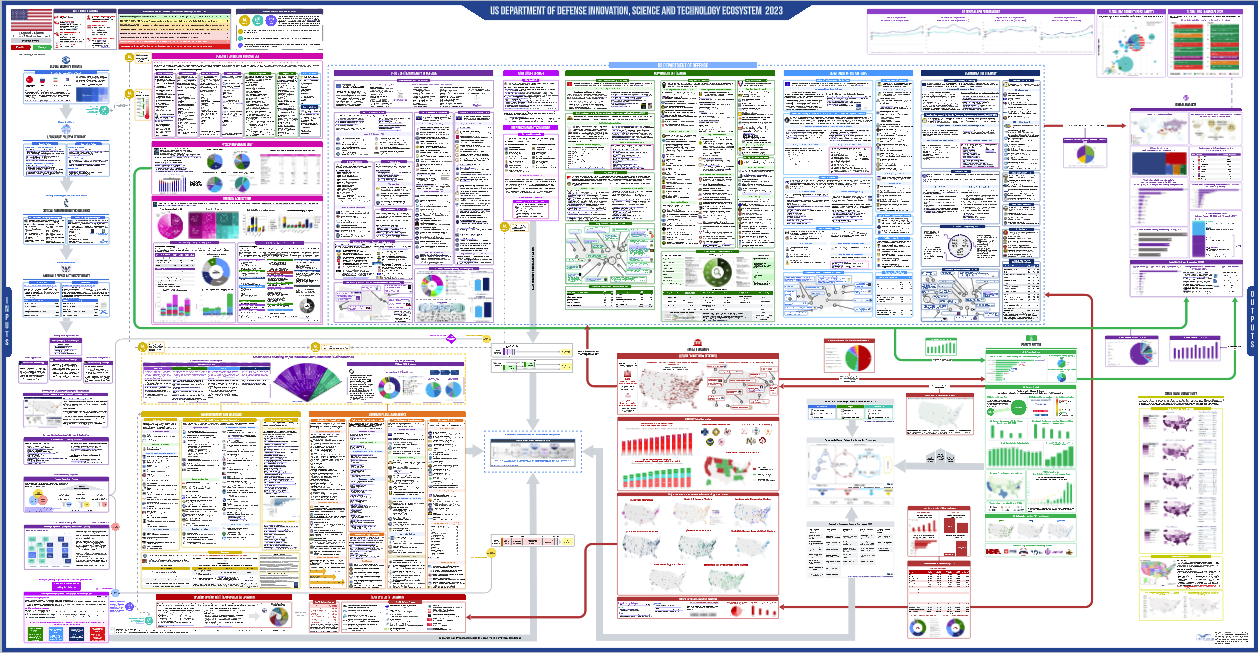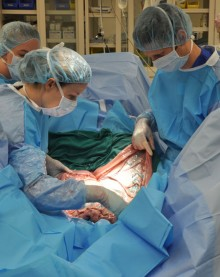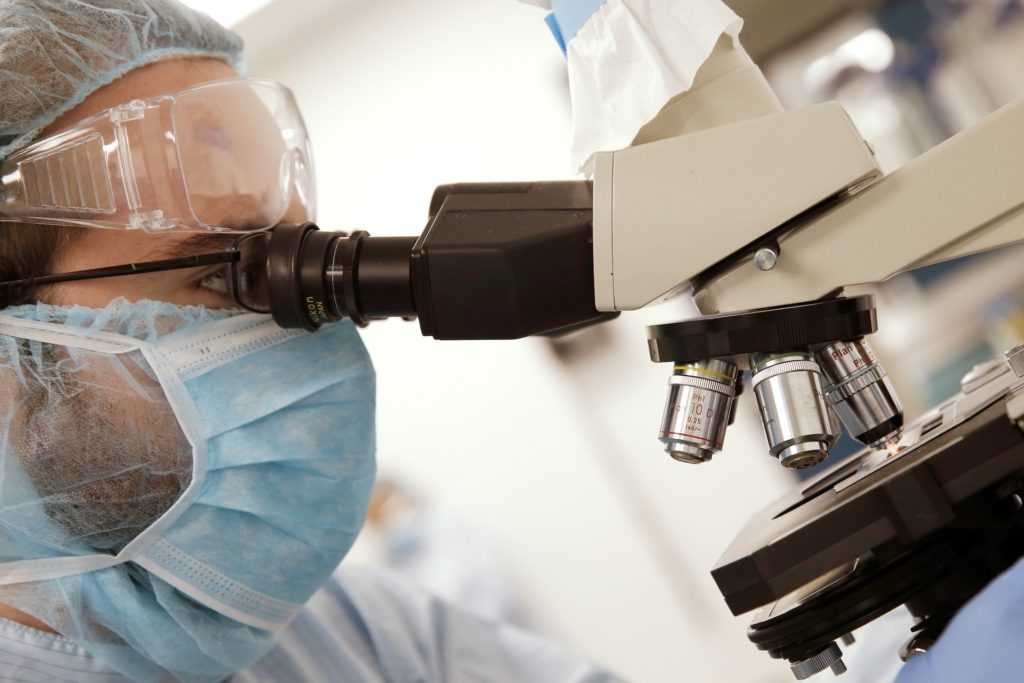The U.S. innovation ecosystem stands as a beacon of transformative progress, driving advancements in numerous sectors, especially in biomedical innovation. Rooted in a rich history, this dynamic system emerged from a critical need during World War II, when government-backed research focused on harnessing scientific talent for national defense. The success of public-private partnerships established during this era paved the way for a thriving network of research funding that delivers continuous breakthroughs in healthcare advancements. This collaboration has not only rejuvenated the field of medicine but has also become a model emulated around the globe. As we explore the contributions and evolution of this ecosystem, it becomes clear that the U.S. remains at the forefront of scientific innovation and technological prowess.
The American system of innovation represents a collaborative framework that integrates government initiatives, academic institutions, and industry players to foster technological and scientific progress. This collaborative effort has greatly influenced the landscape of healthcare and research, particularly throughout pivotal moments in history, such as the advancements prompted by YWorld War II technology. By promoting public-private alliances, this ecosystem continues to enhance research funding and drive biomedical innovation, leading to remarkable healthcare advancements. As a result, the U.S. innovation landscape not only improves public health outcomes but also sets a precedent for global research efforts. In this complex web of innovation, each stakeholder plays a crucial role, exemplifying the power of synergy in achieving remarkable breakthroughs.
The Roots of the U.S. Innovation Ecosystem
The U.S. innovation ecosystem has deep roots that can be traced back to World War II, a pivotal time when the nation’s need for technological advancements surged. This period saw the inception of significant public-private partnerships that leveraged the capabilities of academia and the private sector in addressing urgent military challenges. Leaders from universities and research labs approached President Franklin D. Roosevelt with a proposal to engage civilian scientists in developing technologies to assist the military. This initiative led to increased collaboration, ultimately establishing a framework that both catalyzed breakthroughs in technology and set the stage for postwar advancements in medicine and beyond.
This partnership laid the groundwork for what has evolved into a robust system of innovation, where federal funding plays a fundamental role in supporting research in biomedicine. The early successes of these collaborations demonstrated how essential research funding could be for achieving monumental breakthroughs, like the mass production of penicillin. Over subsequent decades, the model refined itself, leading to a legacy of innovation that allows the U.S. to maintain its leadership position in the global health industry.
Public-Private Partnerships: Fueling Biomedical Innovation
The collaboration between public entities and private sectors has been a defining characteristic of the U.S. approach to biomedical innovation. This synergy fosters an environment where research funding from the federal government stimulates advancements that are later commercialized by private companies. By combining the resources and expertise of universities with the agility and funding power of the private sector, the U.S. innovation ecosystem is uniquely positioned to respond to health crises and technological needs. Such partnerships have led to advancements in treatments, therapies, and healthcare infrastructures, contributing to overall public health improvements.
The importance of this model cannot be overstated, particularly when considering the urgent needs that arose during wartime. Government support for research not only accelerated the development of crucial medical treatments but also established a culture of scientific inquiry and innovation that persisted long after the war ended. It has been instrumental in training generations of scientists, ensuring that the U.S. remains at the forefront of healthcare advancements.
From Military Needs to Healthcare Solutions: The Shift in Focus
Initially, the focus on biomedical innovation was propelled by military needs during World War II, where the consequences of infectious diseases on troop morale and effectiveness were stark. The urgent demand for solutions led to a shift in the way R&D was funded and structured, with the establishment of new agencies like the Office of Scientific Research and Development. This change not only addressed immediate military health concerns but also laid the groundwork for future healthcare solutions that would benefit civilian populations, demonstrating how wartime innovation could transition into peacetime advancements.
As the war highlighted critical gaps in medical preparedness, the innovations born out of necessity laid a foundation for ongoing research. Postwar, this shift in focus from military to civilian health needs spurred the development of new pharmaceutical techniques and a deeper understanding of diseases. The successful establishment of penicillin production during the war paved the way for the antibiotic revolution, which continues to affect healthcare practices today.
The Role of Research Funding in Advancing U.S. Innovation
Federal research funding has been a cornerstone of the U.S. innovation ecosystem, ensuring that groundbreaking discoveries continue to occur within the realms of biomedical science and technology. As evidenced by historical precedents, government investment in research and development has led directly to advances that have improved health outcomes and enhanced the quality of life. The robust support provided by agencies such as the National Institutes of Health has played a significant role in conducting critical research that would otherwise be underfunded or neglected.
Moreover, as innovation challenges evolve, so too must the strategies for funding and supporting research. The ongoing debates surrounding the reimbursement for indirect research costs reflect the complexities involved in maintaining an effective research funding model. Addressing these challenges head-on will be crucial in sustaining the momentum generated by decades of public investment in research—an investment that has fueled not only individual breakthroughs but also the overall growth of the biomedical innovation sector.
Lessons from World War II: Innovation through Collaboration
The innovations achieved during World War II serve as a compelling case study for contemporary policymakers and researchers alike, showcasing the power of collaboration between government, academia, and industry. The establishment of the Office of Scientific Research and Development catalyzed unprecedented levels of cooperation and innovation, demonstrating that urgent challenges can compel diverse stakeholders to work together for a common goal. This historical collaboration effectively optimized the use of available resources, knowledge, and technology to address complex problems, a lesson that remains applicable in today’s context.
As we face current public health challenges, the need for similar coordinated efforts among various sectors becomes increasingly apparent. The successful outcomes during WWII remind us that strategic collaborations can lead to tangible advancements that benefit society at large, particularly in the fields of biomedical research and healthcare innovations. By drawing upon these lessons, the U.S. can further enhance its innovation ecosystem to respond to future challenges more effectively.
The Evolution of Drug Development Post-War
The postwar era marked a significant evolution in drug development, driven largely by the innovations and methodologies established during World War II. The advancements in antibiotic science, most notably the mass production of penicillin, initiated what many refer to as the ‘antibiotic revolution’. This paradigm shift not only transformed military healthcare by drastically reducing infection-related morbidity and mortality but also laid the groundwork for future drug discovery and development processes that have become standard in the pharmaceutical industry.
The impact of this era on drug development is substantial; it catalyzed the emergence of sophisticated drug development platforms and a greater understanding of the science behind drug efficacy and safety. As pharmaceutical companies adopted these new methodologies, the landscape of medicine transformed, leading to the introduction of numerous life-saving medications and a deeper commitment to scientific research within the industry. The enduring legacy of these early innovations can be seen in today’s expansive pharmacological offerings and the continued push for novel therapies.
Training the Future: Cultivating Scientific Talent
A crucial aspect of the U.S. innovation ecosystem has been its commitment to cultivating a new generation of scientists, which has roots in the practices established during WWII. The large-scale mobilization of scientific talent to tackle pressing wartime challenges forged a pathway for training that has since become integral to sustaining innovation in biomedical fields. Thousands of graduate students and up-and-coming researchers gained hands-on experience during this time, developing skills that would be vital for their contributions to postwar scientific advancements.
As the landscape of biomedical research continues to evolve, it remains essential to attract and train young scientists capable of addressing the complexities of modern health challenges. Today, fostering an environment that encourages collaboration and mentorship within academic institutions, research labs, and the pharmaceutical industry is key to ensuring ongoing advances in medicine. The lessons learned from past collaborations will be invaluable as we continue to nurture the next generation of innovators in the field.
Navigating the Future of Federal Funding for R&D
In recent years, the landscape of federal research funding has come under scrutiny, raising concerns about the future of the U.S. innovation ecosystem. As federal agencies navigate the need for budget constraints against the backdrop of rising healthcare demands, the support for biomedical innovation remains crucial. Discussions around capping reimbursement for indirect research costs exemplify the delicate balance policymakers must achieve to empower scientific research while ensuring fiscal responsibility.
To maintain the U.S. position as a leader in global biomedical research, it is imperative to advocate effectively for robust research funding mechanisms. These funding streams, characterized by public-private partnerships, have historically produced significant outcomes in healthcare advancements. Preserving this ecosystem is essential not only for the interests of scientists and research institutions but also for the broader implications on public health and national prosperity.
Conclusion: The Enduring Impact of a Collaborative Innovation Framework
The historical context of the U.S. innovation ecosystem, particularly through the lens of World War II, provides valuable insights into the power of collaboration in fostering biomedical advancements. As we continue to face new challenges—whether related to infectious diseases, chronic health conditions, or emerging biotechnologies—the lessons learned from this period emphasize the necessity for sustained partnerships among government, industry, and academia.
In celebrating the successes of the past, it is vital to remain committed to refining and nurturing the current innovation ecosystem, ensuring it adapts to contemporary pressures while preserving its foundations. By prioritizing research funding, promoting collaborative efforts, and investing in the talent of future scientists, the U.S. can continue to lead in healthcare advancements, significantly contributing to global health outcomes.
Frequently Asked Questions
What role did the U.S. Innovation Ecosystem play in biomedical innovation during World War II?
The U.S. Innovation Ecosystem was pivotal in biomedical innovation during World War II, as government-supported research led to significant breakthroughs like the mass production of penicillin. This wartime effort not only improved military health but sparked a golden age in drug development that transformed healthcare advancements in the postwar period.
How do public-private partnerships enhance the U.S. Innovation Ecosystem?
Public-private partnerships enhance the U.S. Innovation Ecosystem by fostering collaboration between federal agencies, academic institutions, and private industries. This synergy accelerates research funding and drives progress in various fields, including biomedicine, resulting in significant healthcare advancements.
Why is research funding critical in the U.S. Innovation Ecosystem?
Research funding is critical in the U.S. Innovation Ecosystem as it supports academic research and innovation, allowing breakthroughs in technologies and therapies. Federal funding, particularly through organizations like the National Institutes of Health, has been foundational in driving biomedical innovation and maintaining the nation’s position as a leader in science and technology.
What historical events shaped the U.S. Innovation Ecosystem’s current focus on healthcare advancements?
The U.S. Innovation Ecosystem’s current focus on healthcare advancements has roots in World War II when urgent medical needs led to the establishment of effective public-private partnerships and organizational innovations. Efforts to produce antibiotics like penicillin laid the groundwork for consistent advancements in biomedicine and health technologies.
How did World War II technology influence the U.S. Innovation Ecosystem?
World War II technology significantly influenced the U.S. Innovation Ecosystem by demonstrating the need for rapid innovation in response to national challenges. The collaboration between federal agencies, the military, and academic institutions during this period fostered a culture of innovation that has continued to evolve, driving biomedical innovation and enhancing healthcare outcomes.
What is the significance of the National Institutes of Health in the U.S. Innovation Ecosystem?
The National Institutes of Health (NIH) is a cornerstone of the U.S. Innovation Ecosystem, providing essential research funding that fuels biomedical innovation. The NIH supports a wide spectrum of scientific research, contributing to major advancements in health and medicine, and exemplifies the long-standing partnership between the government and academia.
How has the U.S. Innovation Ecosystem adapted since its inception during World War II?
Since its inception during World War II, the U.S. Innovation Ecosystem has adapted through the establishment of new research practices and funding mechanisms, evolving to increase efficiency and collaboration. Today, it encompasses a broader network of private industries and research institutions that continue to push the boundaries of biomedical innovation.
What are the challenges currently facing the U.S. Innovation Ecosystem in biomedical research?
The U.S. Innovation Ecosystem currently faces challenges such as potential cuts to research funding and debates over reimbursement policies for indirect costs. These challenges could impact the effectiveness of public-private partnerships and limit the momentum of biomedical innovation critical for future healthcare advancements.
| Key Points |
|---|
| The U.S. innovation ecosystem in health is world-renowned and its development was initiated during WWII through government-supported research leading to mass production of penicillin. |
| Public-private research partnerships have boosted discoveries in various fields but are currently facing scrutiny over federal funding limits. |
| The collaboration between government, academia, and industry has been crucial in sustaining U.S. technological leadership since WWII. |
| Numerous innovations during WWII addressed urgent military challenges, including medical advancements that benefited civilian health. |
| The introduction of organizations like OSRD during the war laid the groundwork for modern biomedical science and technology in the U.S. |
| The partnership fostered the training of scientists, helping to cultivate a new generation of researchers crucial for ongoing innovation. |
| The history of U.S. innovation highlights the significance of funding research effectively to maintain leadership in global health and technology. |
Summary
The U.S. Innovation Ecosystem has developed into a formidable force admired worldwide, stemming from its robust partnerships between the government, academia, and industry initiated during World War II. This collaboration not only propelled significant advancements in medical research, exemplified by the mass production of penicillin, but also laid a solid foundation for future discoveries and innovations. As debates over funding continue, it remains vital to recognize the importance of sustaining these partnerships to ensure ongoing progress and maintain the U.S.’s position as a leader in technological innovation.



